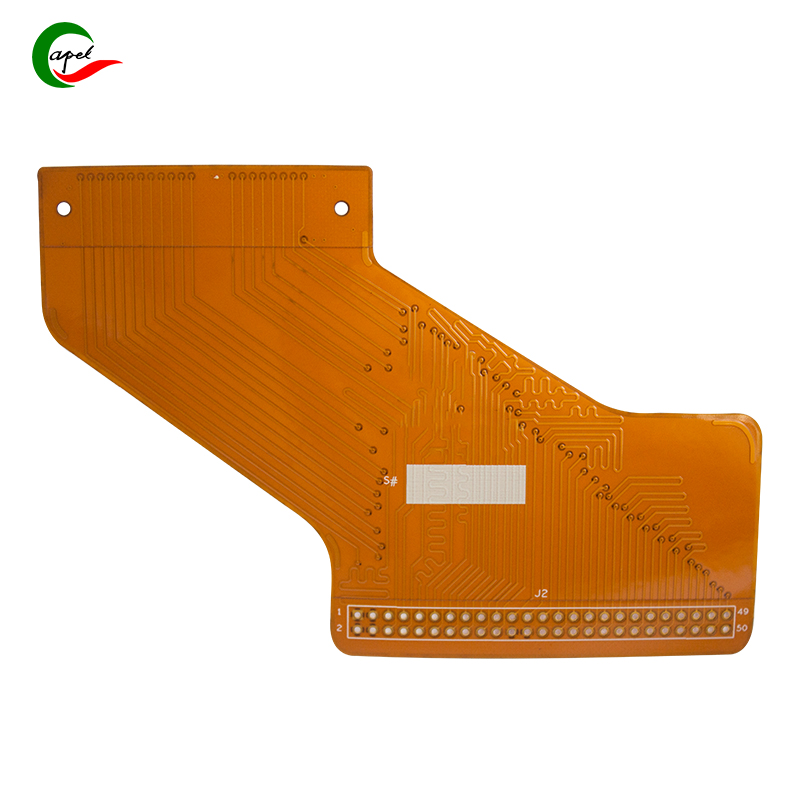Date: 2025-10-10
If you work with electronics long enough, you'll eventually face the dusty reality of maintenance. Flexible PCBs in devices like smartwatches, laptop hinges, and industrial equipment seem to attract dust like magnets. The good news? Most of the time, a little dust won't hurt anything. But there are situations where cleaning becomes essential.
When Dust Actually Causes Problems
Through years of troubleshooting, I've found that dust alone is rarely the villain - it's usually dust combined with other factors:
The Moisture Complication
I've seen more devices fail from dust-plus-moisture combinations than from any other cause. Dust acts like a sponge for humidity, and when it gets damp, it can create unintended conductive paths. One memorable case involved a fitness tracker that kept giving erratic heart rate readings - turned out sweat and dust had created a partial short circuit between sensor traces.
The Overheating Risk
Dust makes an excellent insulator. In devices that generate significant heat, a thick dust layer can trap that heat and cause components to operate outside their designed temperature range. I once debugged a laptop trackpad that was laggy only after extended use - cleaning out the dust buildup around the flex PCB solved what seemed like a software issue.
Connector Issues
This is probably the most common legitimate dust-related problem I encounter. Dust particles in connectors can prevent proper contact, leading to intermittent connections. The fix is usually simple - a careful cleaning of the contact surfaces.
The Safe Cleaning Process
After cleaning thousands of boards, here's the method that has proven most reliable:
Start with the Right Tools
You'll need:
99% isopropyl alcohol (the 70% stuff leaves residue)
Compressed air with a nozzle
Soft bristle brushes (I prefer anti-static ones)
Lint-free wipes
Power Down Completely
This seems obvious, but I've seen people try to "quick clean" powered-on devices. Don't. Remove batteries or unplug power completely.
Blow, Don't Wipe
Always start with compressed air. Hold the can upright about 6 inches away and use short bursts. I've learned the hard way that wiping dry dust just grinds it into the surface.
For Stubborn Contamination
When you encounter oily or sticky dust, lightly dampen a lint-free wipe with alcohol and gently wipe in one direction. Don't scrub - you're not washing dishes. The goal is to lift contaminants, not rub them in.
Mind the Gaps
Use soft brushes for connectors and tight spaces. I keep a set of dedicated electronics brushes that never see other uses to avoid introducing new contaminants.
The Drying Wait
Even though alcohol evaporates quickly, I always wait at least 15 minutes before reapplying power. Patience here has saved me from numerous potential shorts.
Common Mistakes I've Seen
Over-cleaning
Some technicians clean boards that don't need cleaning. If it's just light dust in a dry environment, you might be doing more harm than good.
Wrong Materials
Paper towels, cotton swabs, and household cleaners have no place near flexible PCBs. I've seen paper fibers short out boards and cleaning residue cause long-term corrosion.
Too Much Force
Flexible PCBs are durable but not indestructible. I once saw a technician use enough compressed air pressure to literally peel components off a board.
Prevention Beats Cleaning
The best approach is to keep dust from accumulating in the first place:
Proper Enclosures
Well-designed cases with appropriate IP ratings make a huge difference. I always specify enclosure requirements early in the design process.
Regular Maintenance
For industrial equipment, I recommend scheduled cleaning as part of preventative maintenance. For consumer devices, a quick external wipe-down every few weeks prevents internal buildup.
Environmental Awareness
Sometimes the solution isn't cleaning the device, but cleaning the environment. Better air filtration in manufacturing facilities has solved more than one "mysterious" dust-related failure for me.
Practical Reality Check
Most of the time, dust is more of a cosmetic concern than a functional one. I've retrieved decade-old devices from dusty environments that worked perfectly after a simple cleaning.
The key is understanding when dust matters and when it doesn't. Light dust in a climate-controlled office? Probably fine. Heavy dust in a humid industrial environment? That needs attention.
Remember that proper cleaning is about technique, not force. Gentle, methodical approaches work better than aggressive scrubbing every time. And when in doubt, consult the manufacturer's cleaning recommendations - they designed the thing, after all.
related link:
Capel manufacturing PCBs since 2009. Professional technology and high-precision Printed Circuit Boards involved in Medical, IOT, UAV, Aviation, Automotive, Aerospace, Industrial Control, Artificial Intelligence, Consumer Electronics etc..